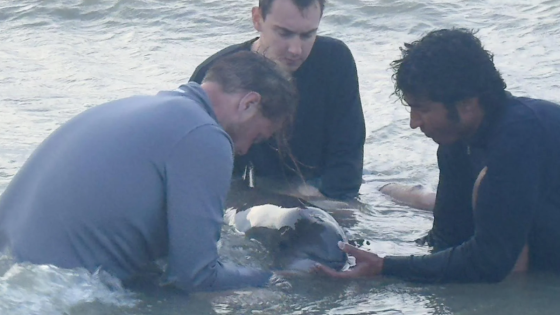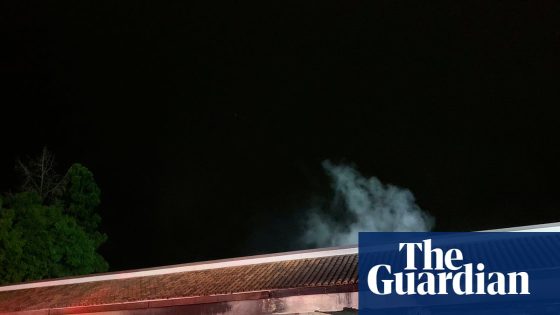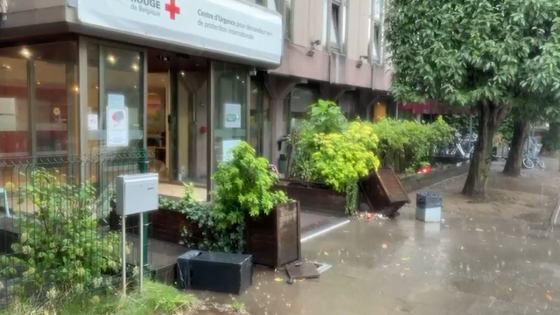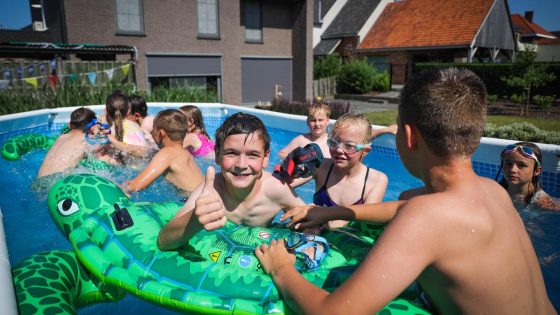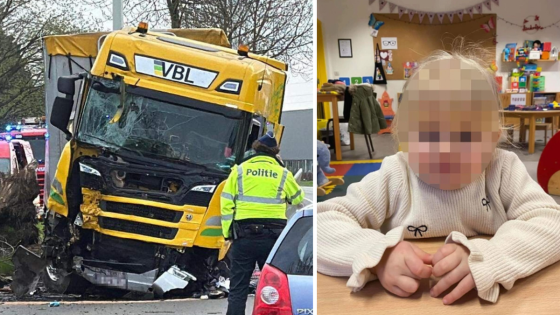On the evening of 2025-07-20 12:58:00, beachgoers at Wenduine witnessed a dramatic rescue attempt involving a stranded harbour porpoise. The marine mammal, a female calf weighing 36 kilograms, found itself trapped in the shallow waters, struggling to stay afloat. Three courageous young volunteers stepped in, keeping the animal’s blowhole above water for over an hour to help it breathe.
- Strandgangers rescue stranded female porpoise
- Volunteers keep porpoise's blowhole open
- Sea Life staff find porpoise deceased
- NorthSealTeam and fire brigade assist rescue
- Volunteers receive applause for their efforts
- KBIN to collect porpoise for research
The rescue effort soon attracted the attention of the local fire brigade and the NorthSealTeam, who joined the volunteers in trying to save the porpoise. Despite their dedication and the support of onlookers, the calf sadly did not survive. This heartbreaking event raises important questions about the challenges faced by marine wildlife along Belgium’s coast. What can we learn from such incidents, and how can communities better protect these vulnerable creatures?
Why do such strandings happen, and what does this mean for local conservation efforts? While the exact cause remains unclear, experts suggest the calf may have been weak or undernourished, preventing it from swimming back to sea. This incident underscores several key points:
- Marine mammals are vulnerable to environmental stresses along the Belgian coast.
- Community vigilance and quick response are crucial in rescue attempts.
- Despite best efforts, survival rates for stranded porpoises remain low.
As this sad event reminds US of the fragility of marine life, it also calls on coastal communities and authorities to strengthen conservation initiatives. How can we better support rescue efforts and reduce strandings in the future? Increased public education and funding for marine protection could be key steps forward.



